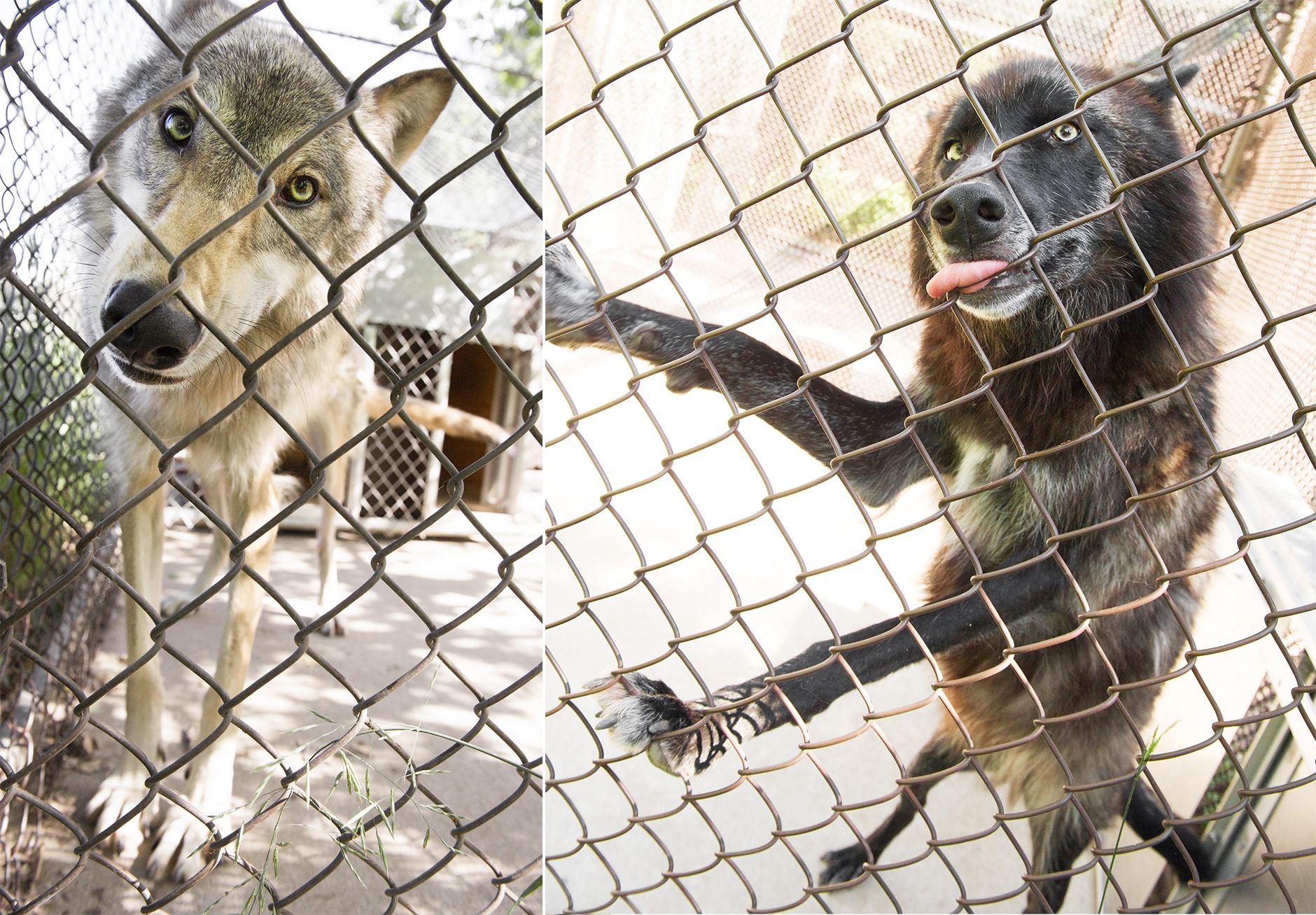We are only mentioning this type for historical purposes; Around 2000 or so, cat5 overtook cat3 as the ethernet cable of choice for lan networking.
JamesBrownfMW Wire wrapped pendant
This also means the individual cores in cat 7 are easier to work with.

Cat 5 cable speed rating. Cat 5 cable uses twisted pairs to prevent internal crosstalk, xt and also crosstalk to external wires, axt. Using two cable pairs to signal over copper wire, cat5 is now largely archaic and isn’t widely used for ethernet connections. Cat5e provides a bandwidth of 100 mhz performance, though […]
There is a huge selection of network cables of different types; Cat6 cable standard provides performance of up to 250 mhz while cat7 cable is rated for transmission frequencies of up to 600 mhz. Buying ethernet cable is not always as easy as it might seem.
The max speed of cat5e cable at 100mhz is what you should expect. It has a slightly higher frequency. The following is the overview of ethernet cable speed of cat5, cat5e, cat6, cat6a, cat7 and cat8.
Devices connected by the cable, including switches and routers, should also support the desired data speeds. The runs i’ve seen that have much interference, or approach that 100 meter mark just won’t really support gigabit speeds on cat5e cable. Category 5 transmits at 100mhz frequencies, providing a rated line speed of up to 100mbit/s and a max cable segment length of 100 meters.
Category 6 cable (cat 6), is a standardized twisted pair cable for ethernet and other network physical layers that is backward compatible with the category 5/5e and category 3 cable standards. Unshielded twisted pair (utp) cable is most certainly by far the most popular cable around the world. 4 out of 5 stars, based on 30 reviews 30 ratings current price $10.95 $ 10.
The recommended maximum length cable run length is 90 meters of cable backbone and 10 meters of patch cables. Cat 6 cables support higher bandwidths than cat 5. Most category 5 cables, designed for early networks, only used two twisted pairs.
Category 5 transmits at 100mhz frequencies, providing a rated line speed of up to 100mbit/s and a max cable segment length of 100 meters. Outstanding performance in 1995, now not so much. Category 5 enhanced cables can deliver gigabit ethernet speeds of up to 1000 mbps.
Another possible application is a 30 foot run at 3 gigabit on a cat 5e cable which should work correctly because its such a short run. Older category 5 cables continue to make up the bulk of the world’s network infrastructure. Cat5 cable is typically used for ethernet networks running at 10 or 100 mbps.
The maximum transmission speed was only 100 mbps. Cable technology is backward compatible. Older category 5 cables continue to make up the bulk of the world’s network infrastructure.
Cat6 never has that issue, regardless. Product title importer520 ethernet cable, 100ft 100ft 100 feet foo. Now back to the performance.
Most category 5 cables, designed for early networks, only used two twisted pairs. Cat 6 has to meet more stringent specifications for crosstalk and system noise than cat 5 and cat 5e. Cat 7 has an overall shield as well as individual shielding of every pair.
The maximum cabling length of cat6 network cable is 100 m. Today, this is one of the most widely used standards. Cat 5 is also used to carry other signals such as telephony and video.
The cable standard specifies performance of up to 250 mhz, compared to 100 mhz for cat 5 and cat 5e. Cat 7 is much more resilient to interference compared to a cat 5 cable. Category 5 cable has a bandwidth of up to 100 mhz, support 10 or 100 mbps speed.
Cat5 ethernet cable is the oldest type of these cables. Cat 5e is currently the most commonly used cable, mainly due to its low production cost and support for speeds faster than cat 5 cables. If you have the luxury of trying out short applications you may be able to operate with cable rated at one lower category than the 100 meter rated cable for the required speed.
Basic cat5 cable was designed for characteristics of up to 100 mhz. Cat 5, cat5e, cat 6, cat 6e and cat 7, as well as different lengths colours and the like. These are available from a variety of different suppliers.
Cat 5 cable is no longer produced, mainly due to its lack of performance, being superseded by the cat 5e standard.
West cables provide quality data cables for safe and
Suddenlink Communications Tv providers, Communications
NETGEAR Nighthawk AC1750 Smart Dual Band WiFi Router
Much Better Quality than OEM Cables (With images) Micro
10ft HDMI High Speed Cable with CL2 Rated Hdmi
PlexiDor Customer Photo Customer photos, Photo, Pets
